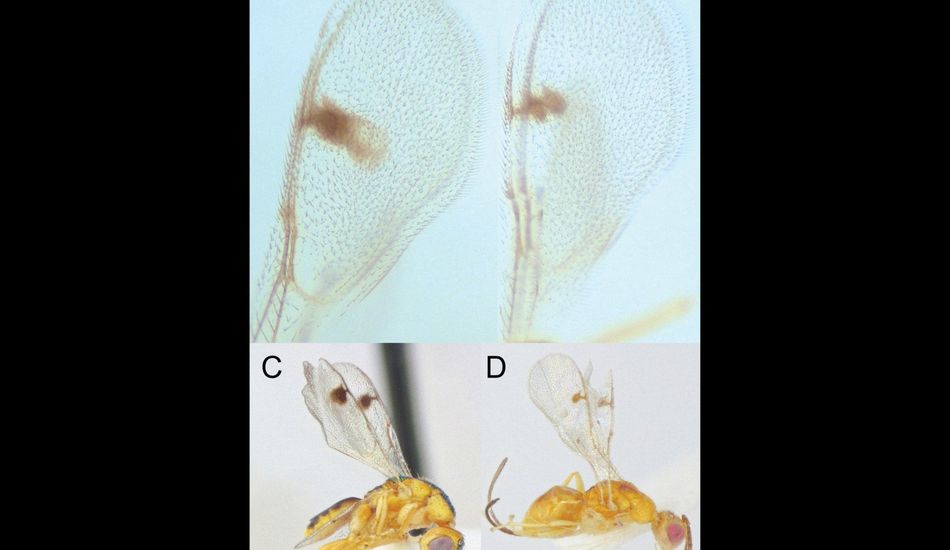
Invasive Parasitic Wasps Land in the US: A New Discovery
Scientists have recently identified some new parasitic wasp species that have made their way to the U.S. It's a bit of a surprise, and it highlights just how much we still have to learn about the insect world. These wasps, previously only found in Europe, were discovered by researchers at Binghamton University and the University of Iowa.
Now, before you get too worried, these wasps aren't coming after us. They specifically target other wasps, particularly oak gall wasps. These oak gall wasps are the ones that lay eggs inside oak trees, causing those wart-like growths called galls to form. The wasp larvae then develop inside these galls, using them as a source of food and protection.
Here's where it gets interesting. Just like any other creature, these oak gall wasps can also be victims of parasites. These "turducken parasites," also known as hyperparasites, are often other types of parasitic wasps. They'll pierce the gall and lay their own eggs, which then devour the original larvae inside. It's a brutal world out there!
The research team collected gall samples from oak trees all over the U.S. and Canada. They were hoping to understand more about the diversity of oak gall wasps and their parasites. In their labs, they raised the parasitoid wasps found inside the galls, and identified over 100 different species.
But, they discovered that two of these species had never been spotted in the U.S. before. What's even more interesting is that they found them on opposite sides of North America. These wasps belong to the species Bootanomyia dorsalis. Genetic data from Europe suggests that there are at least two distinct groups of these wasps, so distinct that they should probably be considered separate species. One group was found in New York, while the other was found in several locations on the West Coast.
How Did They Get Here?
That's the big question. It's possible they arrived on non-native oak trees that were brought to North America centuries ago. Or, since the adult wasps can live for about a month, they might have hitched a ride on a plane. The West Coast wasps were very similar genetically, which suggests that only a small group arrived initially. The East Coast wasps were more diverse, so it's possible there were multiple introductions.
Another question is whether these wasps pose a threat to native oak gall wasps or the broader ecosystem. According to Kirsten Prior, a biologist at Binghamton’s Natural Global Environmental Change Center, these wasps can parasitize multiple oak gall wasp species and can spread easily. This could affect native oak gall wasp populations or other native parasites. It seems like there’s a lot more to learn about these creatures and their impact on our environment. I believe that scientists are just starting to scratch the surface of the parasitic world, and there are likely many more new and invasive species waiting to be discovered.
Source: Gizmodo